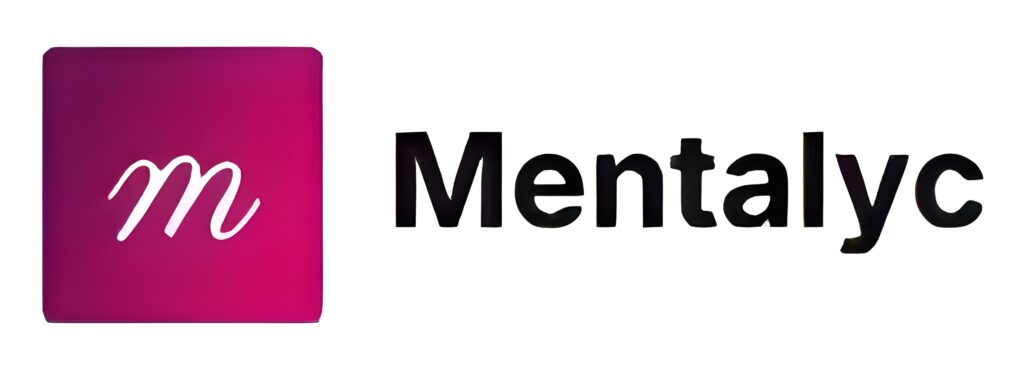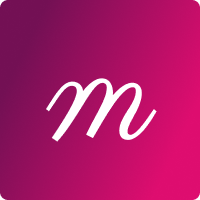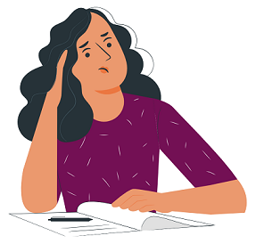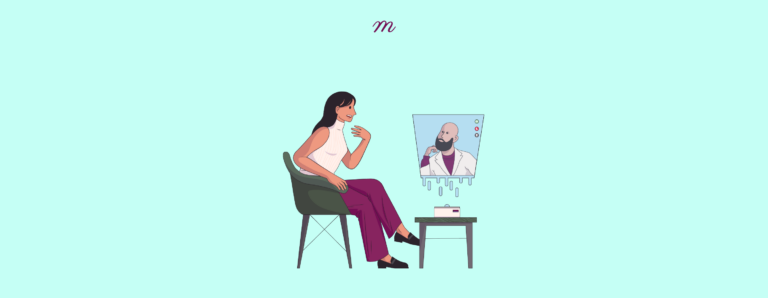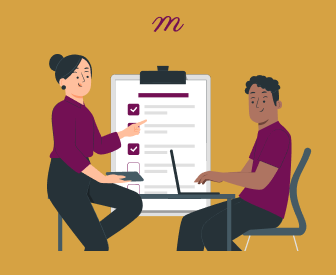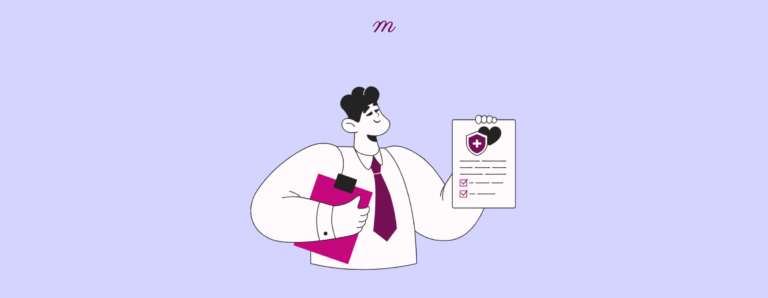Have your progress notes written for you automatically
Therapists play an important role in helping clients manage mental health challenges but their role goes beyond holding sessions with clients. Note-taking is one of their most essential yet time-consuming tasks. Clear and organized notes enable the tracking of clients progress after each session. It also ensures continuity of care. Still, many therapists find documentation overwhelming.
When notes take too long to write, the workload increases. Burnout becomes a real risk. It affects work-life balance. This article shows how to improve note-taking. With the right approach, therapists can save time. The process will feel easier and less stressful.
Importance of Efficient Note Taking in Therapy
Efficient note-taking means writing session details in a clear and organized way to support the client’s treatment. As a therapist, you need to be aware that each note serves a purpose. The therapy notes help to track client progress while also meeting legal requirements. Well-structured notes also make it easier to collaborate with other healthcare professionals.
Organized notes allow therapists to find important details quickly instead of searching through messy records. Some therapists struggle to write enough without including too much. However, extra details that do not support treatment only add to the workload. This takes up valuable time for other more productive work.
To be more effective, notes should be concise, clear, and easy to review. Looking back at past sessions and treatment plans should not feel like a struggle. This helps therapists stay on track and ensures that if another professional needs to step in, they can understand the client’s progress right away.
Best Strategies For Therapists To Improve Note Taking Efficiency
1. Use Structured Note Taking Formats
Therapists can improve their note taking efficiency by using structured note taking formats. These formats enhance the consistency and comprehensiveness of the notes. They aid therapists in documenting the necessary information without including unimportant details. It also eliminates the stress of thinking about what or how to write the intake or progress notes.
Structured note taking formats streamlines the note taking process. They have sections that capture key session details and information. SOAP (Subjective, Objective, Assessment, and Plan), DAP (Data, Assessment, Plan), and BIRP (Behavior, Intervention, Response, Plan) notes are some of the most popular formats used for note taking. They have easy-to-fill sections that make documentation easier and faster.
2. Write Your Notes Immediately After The Sessions
Delaying note taking till after a session can lead to inefficiency in note taking. Taking a longer time before writing therapy notes makes it difficult to recollect details. Therapists who postpone their note taking find it difficult to reconstruct conversations. This leads to longer documentation time and potential gaps in the client’s mental health records.
Documenting therapy notes immediately after sessions ensures that information is captured accurately. This helps to reduce the likelihood of missing critical details. Therapists who desire to take notes immediately after sessions incorporate them as structures. One of the most effective structures is to allocate time for note taking between sessions.
Dedicating at least 5 to 10 minutes after each session to complete the note-taking will prevent a buildup of unfinished notes at the end of the day. Consequently, it reduces stress and increases efficiency.
Another way to speed up your note taking process as a mental health therapist is by using summarization techniques. Instead of writing the sessions word for word, focusing on key points is better. It is important to also include your clinical insights and steps that can be taken to improve the client’s mental health. This summarized approach will help you capture the necessary details without complexities.
3. Leverage Technology for Faster Documentation
Technology has improved therapists’ approach to documentation. Several practices have ditched the traditional note taking for EHR (Electronic Health Record) systems and digital tools. Hence, making note taking faster and more organized.
Many EHRs have inbuilt note taking templates that make documentation easier. Some templates have autofill features and secure storage. This ensures that therapists don’t breach privacy regulations. Some of these EHRs have voice-to-text capabilities. This enables therapists to dictate their notes while doing other things. The EHRs can transcribe your notes without manual entry.
Additionally, most EHRs use cloud storage for client data. Therapists who use such platforms can easily access data anywhere. These digital records also ensure that client data is not lost or displaced after a while.
Therapists who prefer the hybrid work style can maximize the digital templates from AI-powered Note-taking Apps like Mentalyc to their advantage. There are several predefined templates that can be formatted to suit a therapists’ documentation needs. This makes it easy for therapists to input essential information quickly.
4. Maintain The Note’s Clarity and Conciseness
Therapy notes are required to contain the key details about the sessions. However, filling them with unnecessary information will slow down your note taking process. Therapists should focus on capturing essential details relevant to the treatment process. Any information that doesn’t contribute or is unrelated to the treatment should be discarded. These extra details reduce the professionalism of therapy notes.
Instead of verbose descriptions, therapists should embrace concise and structured sentences. The notes should be proofread for redundancy and unnecessary descriptions. Enriching reports with abbreviations and standardized terminologies also speeds up note taking.
For example, writing “GAD” instead of Generalized Anxiety Disorder would save time. However, therapists must ensure their abbreviations are standard within their practice. Otherwise, such abbreviations could lead to confusion.
5. Batch Notes for Better Time Management
The ideal practice for therapists is to write notes immediately after sessions. However, it is not always the case for busy therapists and large practices. Therapists in these settings can batch notes for effectiveness.
Batch notes help therapists manage time better by writing multiple notes at once. Instead of doing notes after each session, you can set aside time to complete several together. This will keep you focused and save time.
One major difference between batch notes and taking regular notes is in the timing. With regular notes, you write them one by one after each session, which can interrupt your day. Even if you use templates, switching between sessions and notes can take extra time. But, batch notes will let you complete them all in one sitting, making the process faster and smoother. Simply block out a separate time for the batch notes. Then, you can use the templates to make it easier to stay organized and consistent.
This method also prevents stress from unfinished paperwork. Instead of trying to catch up at the end of the day, simply work on following a set routine. With batch notes, you can spend less time on paperwork and more time with clients. It helps you stay productive and avoid burnout.
6. Review and Refine Your Documentation Process Regularly
Improving note taking efficiency is an ongoing process that never stops. Therapists need to review their documentation habits at intervals. During the review, they should check note taking duration and assess areas for improvement. Therapists can also get feedback from their colleagues and supervisors.
Aside from the feedback, therapists should discuss documentation approaches with their professional network. These discussions expose them to new strategies that can help improve their workflow. Furthermore, such conversations help update therapist’s knowledge about industry standards.
Conclusion
Efficient note taking helps therapists to maintain accurate records and comply with legal requirements. This efficiency also enhances continuity of care. Therapists can improve efficiency by writing notes immediately after sessions. They can also use structured note formats and review regularly.
Constantly improving the note taking process has several benefits. It not only saves time, but allows therapists to focus on better client care. With the right structures in place, note taking can be less stressful.
FAQs
1. What Challenges Do Therapists Face During Note Taking?
Most therapists are concerned about forgetting vital details so they try to capture all information during the session. Other therapists worry about spending too much time during note-taking. With so much focus on note-taking, therapists tend to miss important cues in the client’s communication. This can cause clients to get disconnected from the therapist during the note-taking time. This can affect the smooth flow of the therapy session. Another challenge therapists face is difficulty in ensuring accurate, clear and well organized notes are taken. Some other therapists face breaching client confidentiality and have to ensure that client data are secured.
2. Should Therapists Use Templates for Note Taking?
Yes. Using templates for note taking increases the efficiency of therapists. It has a set structure that enables therapists to easily fill in client details and mental health records. So, therapists do not need to start from scratch after every session. If the template is customizable, therapists can include additional columns. They can include fields like ‘Client Goals,’ ‘Session Highlights,’ and ‘Next Steps.’ including other sessions that suit their style and preference.
3. How Can Therapists Avoid Writing Unnecessary Details?
Therapists who seek to avoid unnecessary information in the client’s intake or progress notes should practice point summaries. Instead of writing all the details, restrict your documentation to the important points. You can also write the points using bullet points based on certain markers so that the note is easy to read at a glance.
4. What Are The Best Ways To Organize Therapy Notes for Efficiency?
Using folders and tags is one of the best ways for therapists to organize notes. The notes can be organized based on the name of the client, topic, or date. Therapists should consider categorizations they can easily adapt to and focus on them. Another way to organize notes is by ensuring all notes are dated appropriately. This helps therapists to make references and trace notes later. Therapists can also couple these methods with color coding. Using colors to highlight sections and notes makes it easy to trace them later. Therapists can also consider EHRs for better and faster organization.
